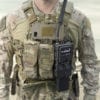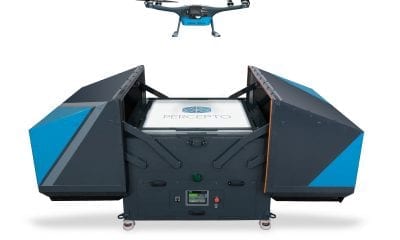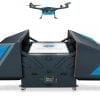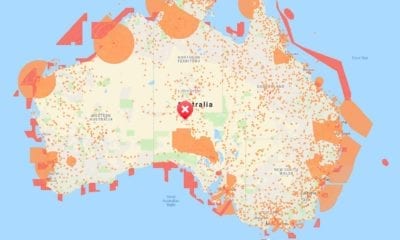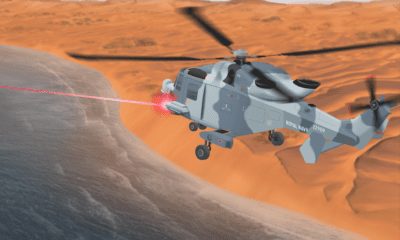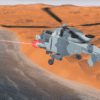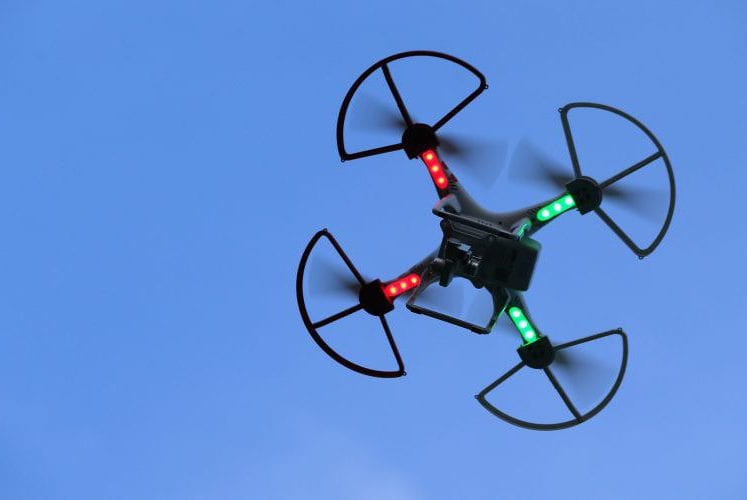
Defense
Method to Neutralize Violent Aggressors via Drone Technology
A new patent details an innovative way to use drone technology to deal with attackers or solve hostage situations while preserving the lives of the law enforcers, the civilians and also the offender.
The patent US20180245890A1, assigned to Chris Allen, utilizes drones, signals technology and non-lethal tranquilizer rounds to neutralize violent aggressors that pose a societal threat. The method described creates the unexpected result of approaching threats with minimal loss of life.
A figure published with the patent shows the drone’s participation in the first of four stages from threat detection threat assessment, threat response and casualty recovery.
As drones can view situations from an aerial perspective, they are likely to offer an expanded assessment of the situation.
Additionally, with the prevalence of AI technology on offer to unmanned aerial systems, the ability for UAVs to assist in the detection of specific threats could also be possible.
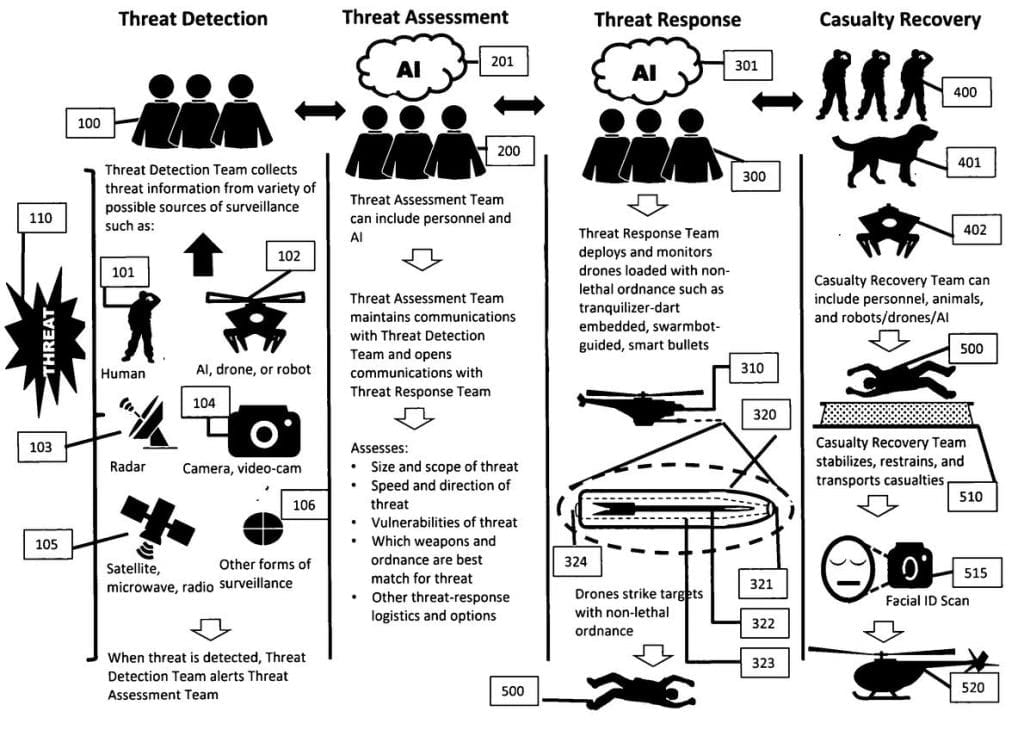
The patent aims to;
- minimize loss of life during an operation, reducing the domain of inevitability that is associated with quick response force’s actions.
- provide a smart strategy to deal with perimeters and surroundings.
- to plan the operation carefully, with an accuracy similar to that of special forces ops.
- to identify people in the situation.
The patent is not a descriptive AI program, or a robot design or some special algorithm; but a blueprint; a methodology for any program intended for the same purpose.
- Cameras or sensors installed in a region or a team or a swarm of drones surrounds the area, sneaking of course, and collects meaningful information regarding a threat.
- A threat assessment team analyzes the data and translates it into a defensive strategy based on gathered intel and available weaponry.
- The threat response team deploys drones loaded with electronically-guided tranquilizer rounds, and other ordnance, to neutralize targeted threat with minimal loss of life.
- A casualty recovery team analyzes the targets and sets them for transportation and arrest.
While the patent does not involve detailed simulations and algorithms, it explains just what it intends to do, in formulating a generic detailed strategy for dealing with a situation from its start to its aftermath.




